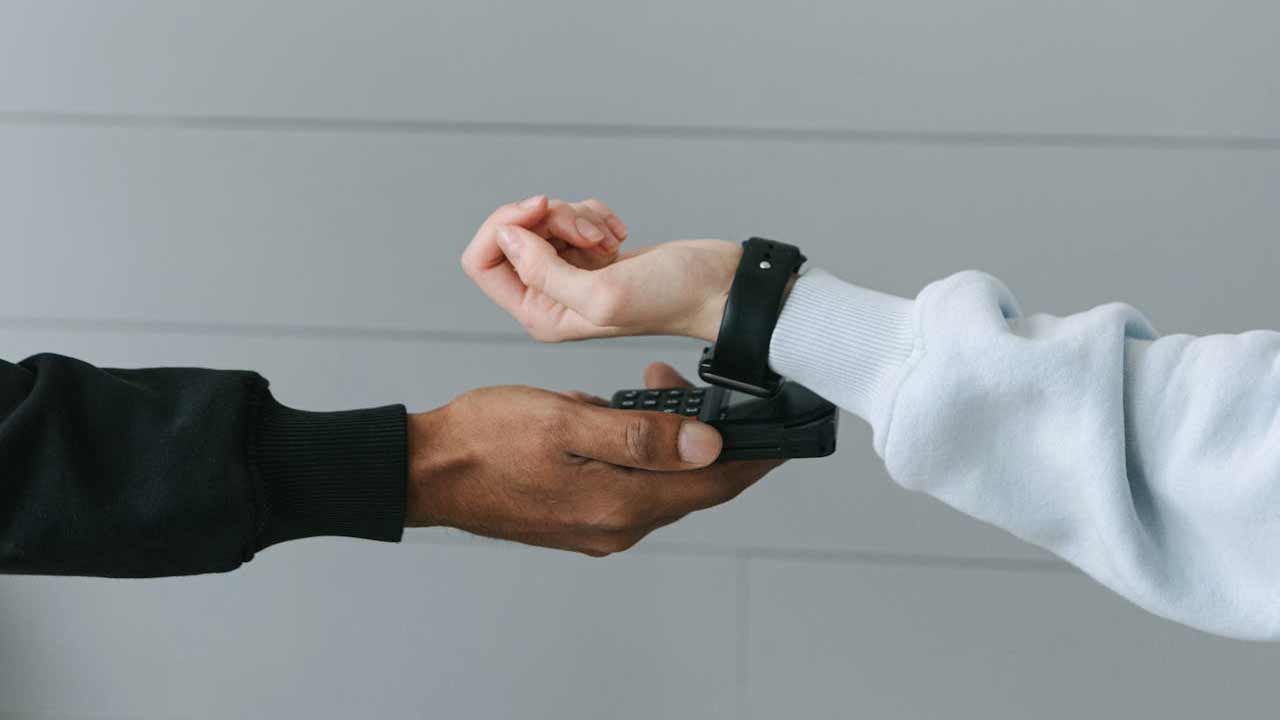For most people, smartwatches are about steps, heart rates, and maybe checking texts on the go. But behind the scenes, they’re quietly becoming one of the most powerful tools in personal finance. As digital payments evolve, wearables like the Apple Watch and Galaxy Watch are starting to handle the kind of transactions we used to save for our phones—or even our wallets.
The shift isn’t just about convenience. It’s about speed, security, and the next step in making money move seamlessly. If you’re not already using your wrist to pay, store, or verify, that’s going to change fast.
Tapping to Pay Is Just the Beginning
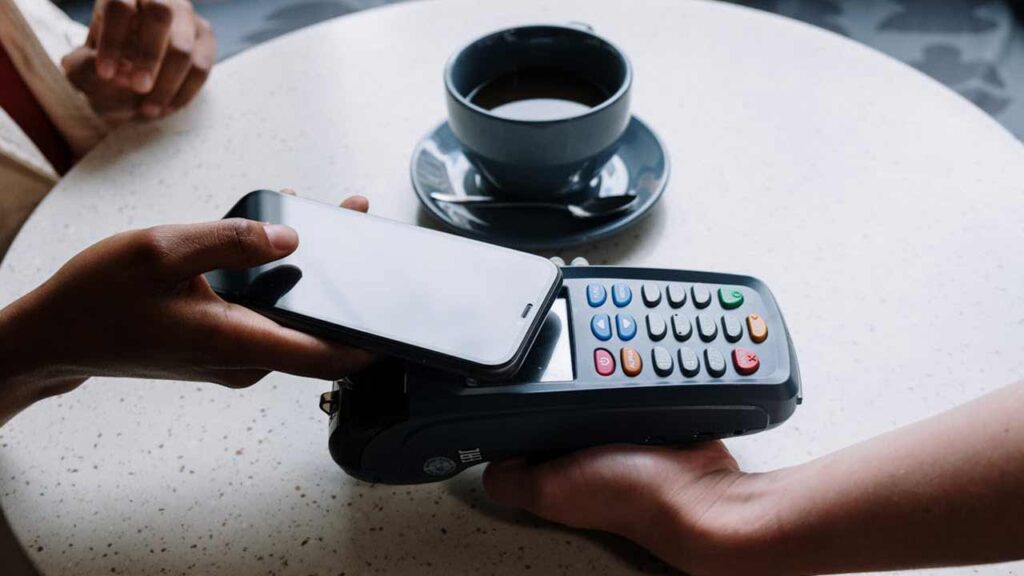
Wrist-based payments are already here—and more reliable than you think. Whether it’s Apple Pay, Google Wallet, or Samsung Pay, most major smartwatches let you pay at any terminal that accepts contactless. And with NFC (near-field communication) improving, these payments are just as secure as chip cards or phones.
According to Statista, smartwatch-based payments have nearly tripled in the last three years in the U.S. alone. The more people get used to tapping their wrist instead of pulling out a card, the more natural this shift becomes.
Wearables Add a Layer of Security
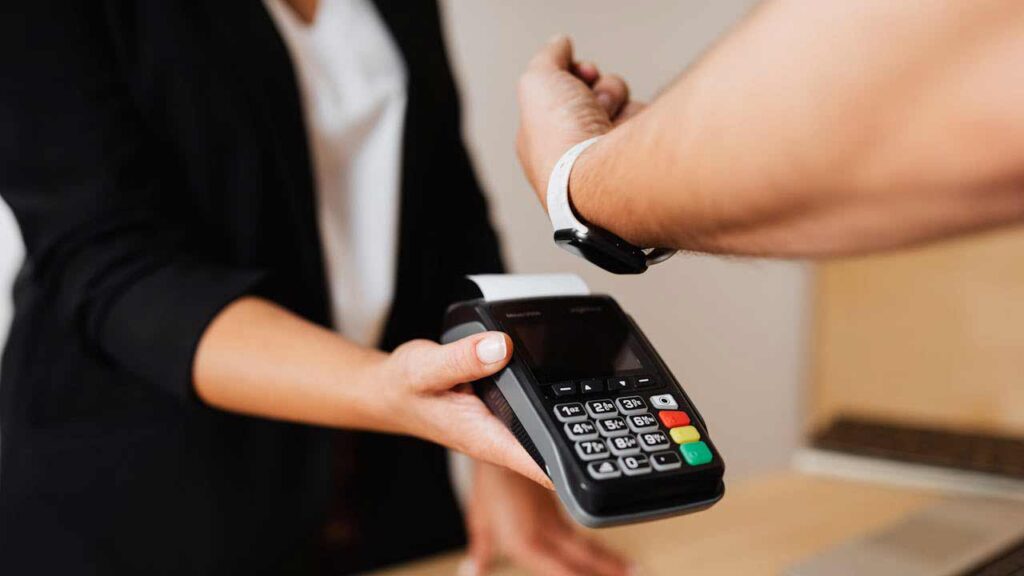
Smartwatches have one big advantage over phones or wallets: they’re strapped to your body. That means fewer drop risks, faster authentication (thanks to wrist detection), and a tighter loop of control over your digital identity.
Apple Watch, for example, disables payments if it’s removed from your wrist. Some models even offer biometric authentication via paired Face ID or fingerprint. It’s not foolproof, but it’s enough to make thieves think twice.
Digital ID and Tickets Are Already Moving to the Wrist
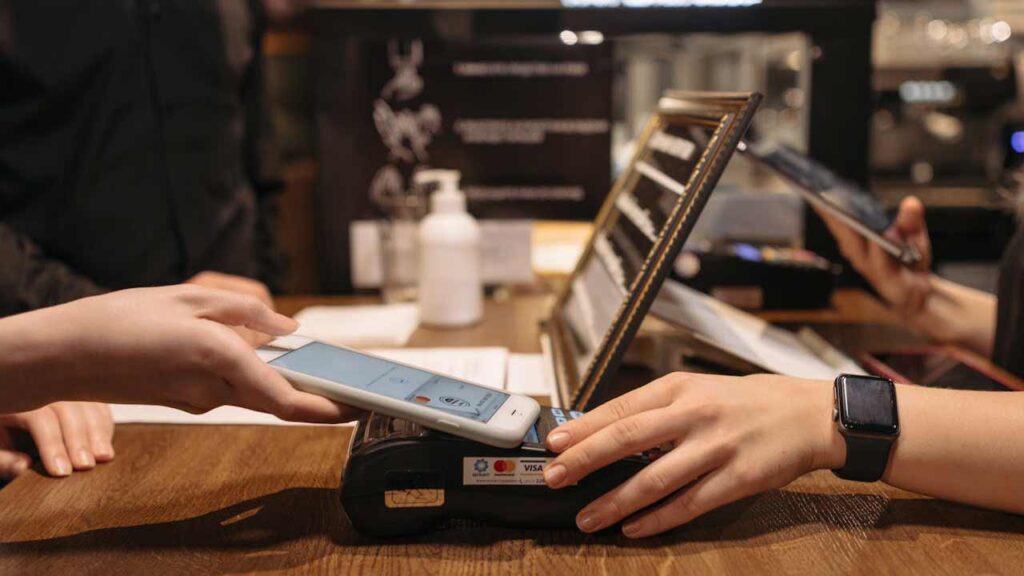
It’s not just about paying for coffee. Smartwatches are now storing boarding passes, concert tickets, gym passes, and even transit cards. In some states, driver’s licenses are being tested in digital format for Apple Wallet—and once they’re accepted nationwide, smartwatches could become your all-in-one ID.
This makes sense in a world where people want fewer things in their pockets. Your watch already tracks your sleep and workouts—why not let it handle identity too?
Banking Apps Are Catching Up
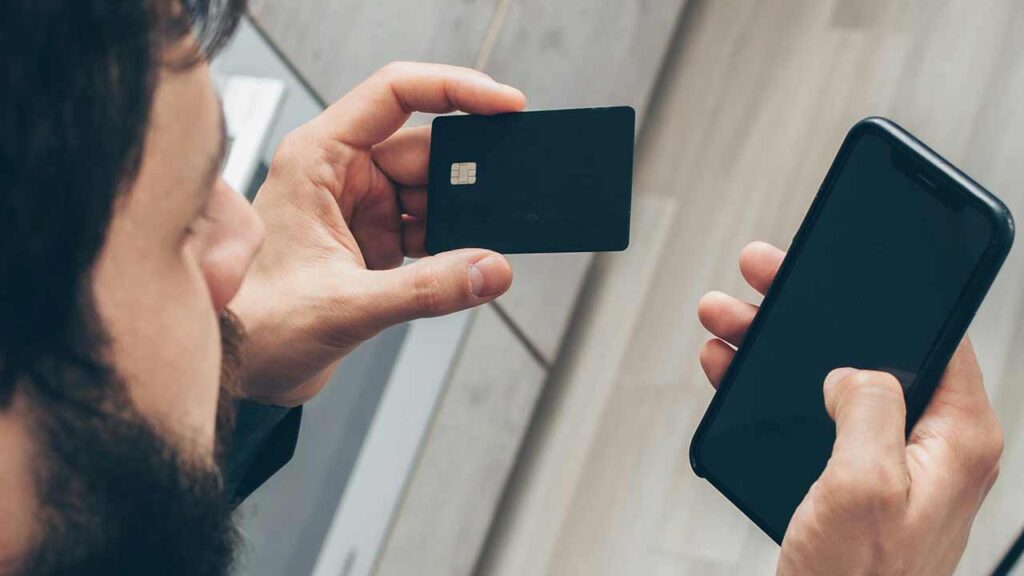
Traditional banks and fintech platforms are rolling out smartwatch-optimized apps. You can check balances, get fraud alerts, freeze cards, or track transactions with a few taps on your wrist. Tools like Revolut and Chime already offer watch integration that gives users instant access to financial info without pulling out their phones.
This kind of access might not seem like a big deal—until you’re traveling, multitasking, or need to respond fast. And that’s where smartwatches shine: turning quick financial moments into seamless experiences.
Crypto and Tap-to-Transfer Are Around the Corner
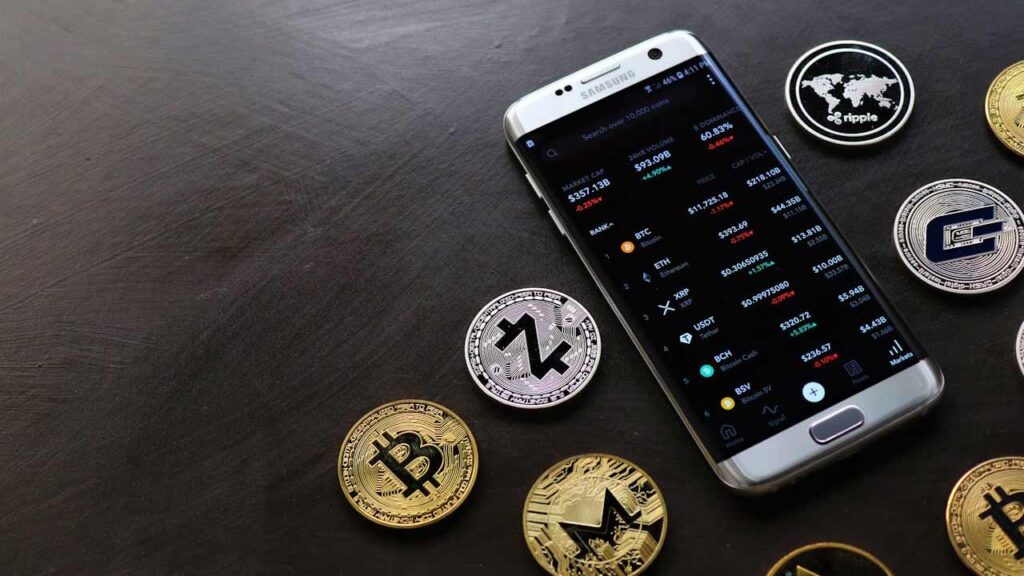
The next phase? Peer-to-peer payments that don’t need QR codes or usernames. Some developers are working on NFC-based tap-to-transfer features that let you send or receive crypto or stablecoins between watches instantly—no need for a phone, address, or app login.
As crypto wallets like MetaMask and hardware wallets like Ledger lean into wearable support, smartwatches could become personal finance hubs for both traditional and decentralized money. It’s not mainstream yet, but the infrastructure is being built fast.
Wallets Are Shrinking—Fast
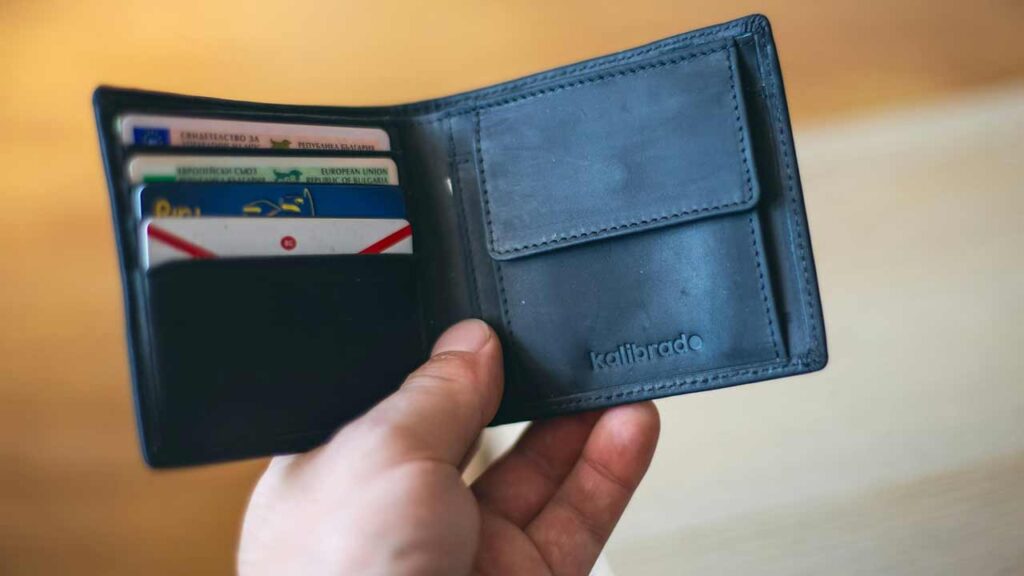
Gen Z and Millennials already prefer paying with phones. Now they’re skipping the phone step entirely and going straight to the wrist. For them, the idea of carrying around six cards and some cash just feels outdated.
As more retailers, transit systems, and government services go digital, the smartwatch becomes a no-brainer. It’s fast, it’s secure, and it’s with you all day. Don’t be surprised if, five years from now, the idea of swiping a physical card feels like using a fax machine.

Alexander Clark is a financial writer with a knack for breaking down complex market trends and economic shifts. As a contributor to The Daily Overview, he offers readers clear, insightful analysis on everything from market movements to personal finance strategies. With a keen eye for detail and a passion for keeping up with the fast-paced world of finance, Alexander strives to make financial news accessible and engaging for everyone.
